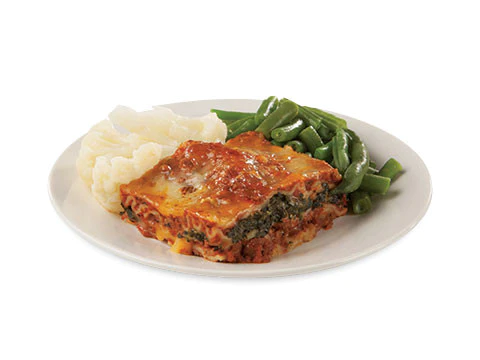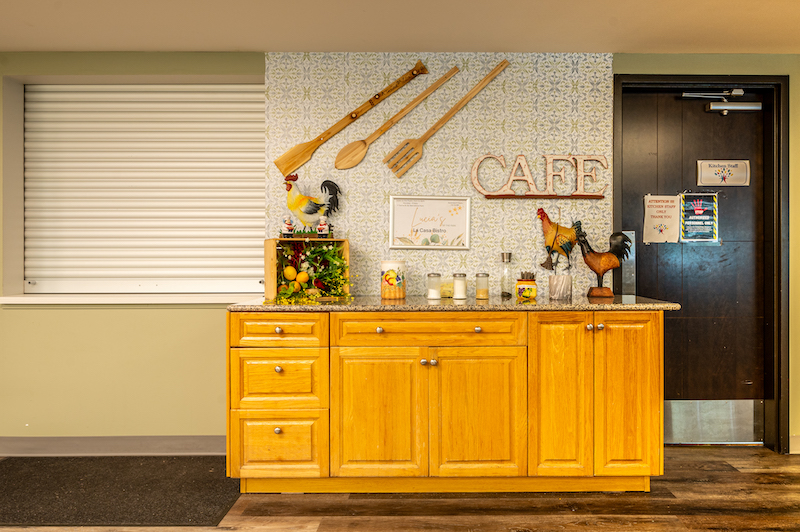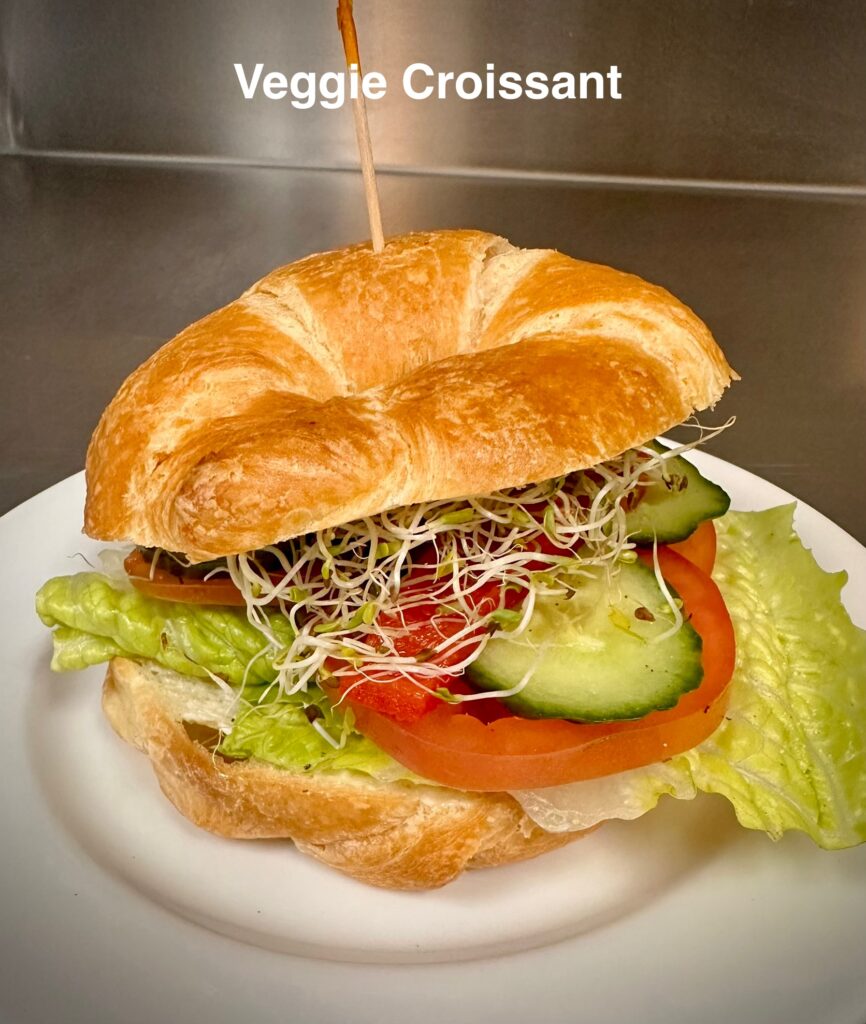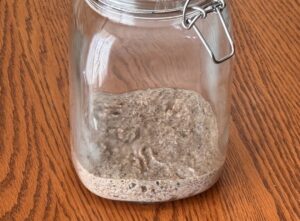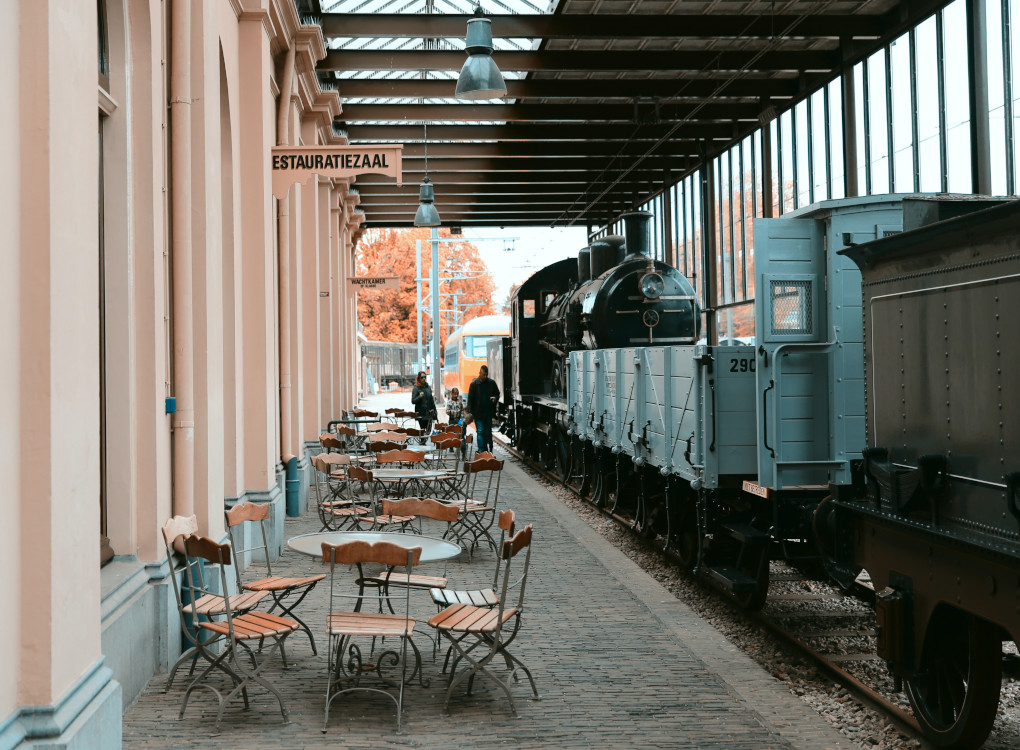Blog
Outdoor Museums
I recently had a family adventure with our grandchildren. We spent a few hours at the nearby Ukrainian Cultural Heritage Village. It celebrates the immigration of many Ukrainians who came to Canada around 1900 for the offer of 160 acres of free land.
This outdoor museum covers a large number of acres. All the buildings are typical of small-town rural western Canada. All buildings have been transported from the surrounding small towns and arranged into a small-town configuration; there is the train station, grain elevator, houses of worship, police station, general store and a blacksmith shop.
The different homes and commercial establishments had in-character staff based on the decade of the structure’s original use.
In our wander, we came to the train station first. I saw a collection of milk cans. I actually have one in our dining room, hand painted with a view of mountains from my wife’s hometown. This is an example that if we don’t repurpose places and things, they will get tossed or razed.
I approached the station master, who was keeping a close eye on the milk. I asked him if the next train would be along shortly. To my disappointment, the next passenger train had just left, and we’d have to take a room in the hotel, ‘just over there,’ and catch the train tomorrow.
But as he now knew we had time on our hands, he was very willing to explain how the milk was brought to the station directly from the farms. It was kept cool by hanging it in the well and sitting in cool water. A horse-drawn wagon brought all the cans to the station. All the cans were marked with a broad coloured circle of paint and the farmer’s name written it. This ensured that the can got to the proper farm upon its return from Edmonton.
This exchange reminded me of a visit to this same outdoor museum several decades earlier with my mother, who was visiting from back east. The lady of one of the houses asked her where she was from. “I came from Toronto.”
The in-character responded, “How did you get all the way out here?”
My Mom said, “I flew out here.”
“Oh, my goodness, your arms must have been so tired!”
There was an awkward silence for a moment, then we all laughed.
That outdoor museum memory stayed with me for several decades.
A more my-era experience is the Neon Sign Museum. Neon signs from over the years but heading for the dustbin were saved or salvaged and hung on the outside wall of several buildings. I recall seeing some of these signs and business logos from my younger days—such fun.
Now, please give this a bit of a think. Let’s skip ahead 75 years. What would your design for an outdoor museum look like to capture your memories of your early days?
I’m curious about your thoughts. Please share your bit of a think in the comment section below. It will come to me for approval before posting.
Photo by ZHANG Shaoqi on Unsplash
Ukrainian Cultural Heritage Village
If you enjoyed The Blog, please share it with others. Thanks.
And my thanks to St. Albert Seniors Association: 780-459-0433 for making this Blog possible.

Volunteer Blogger



